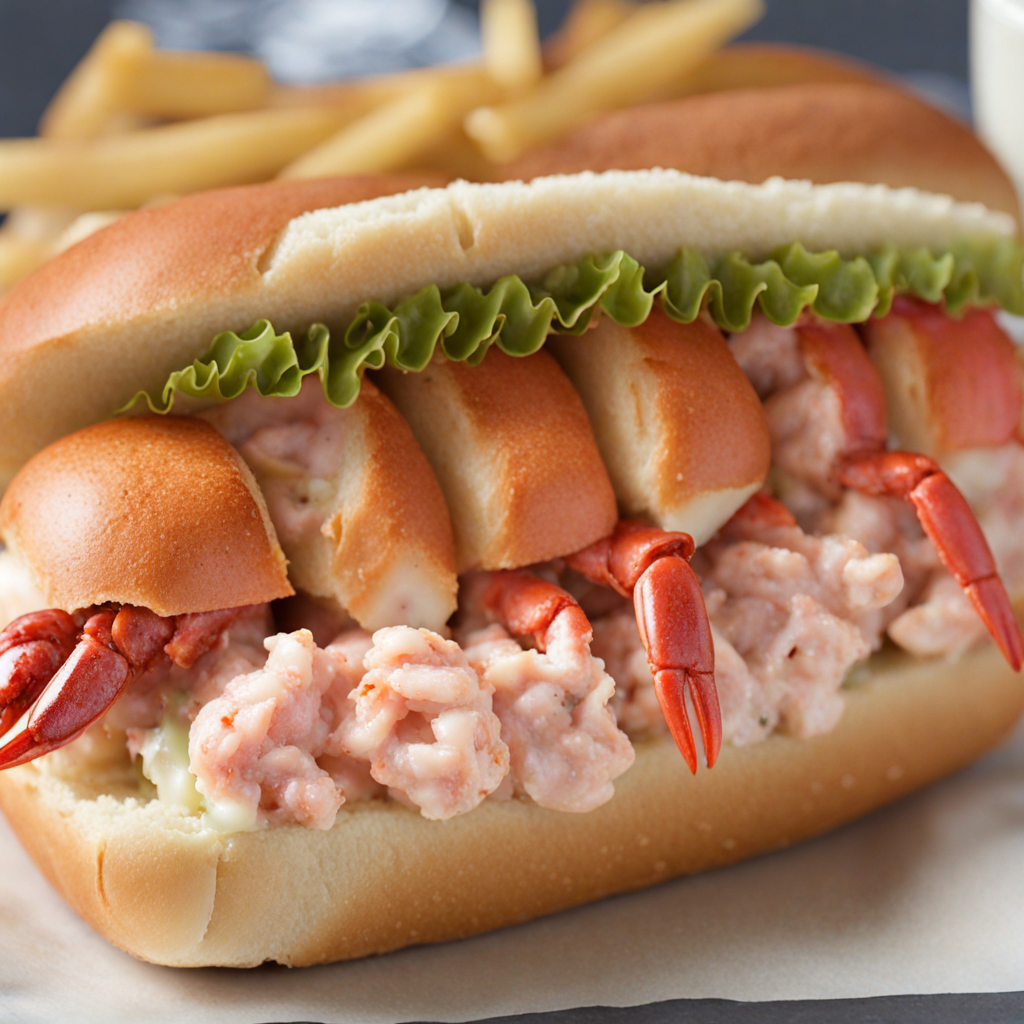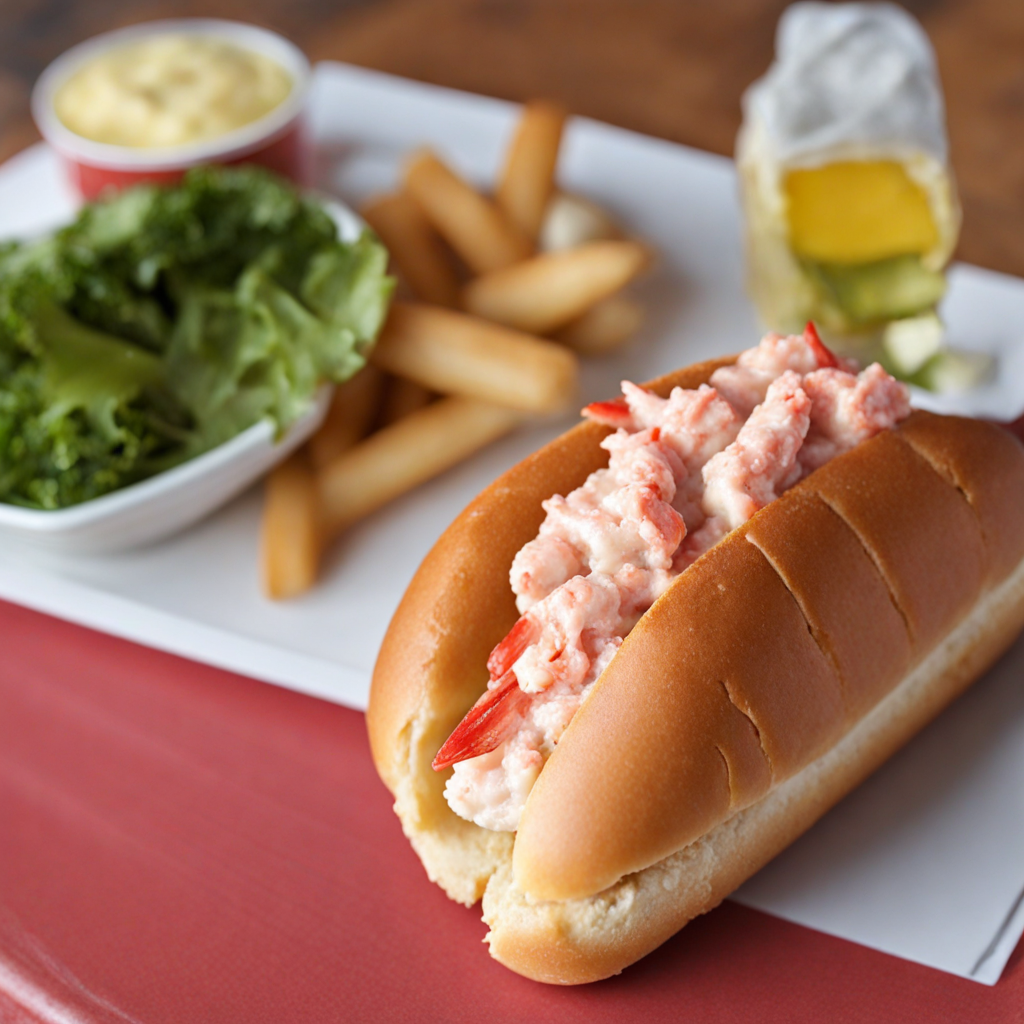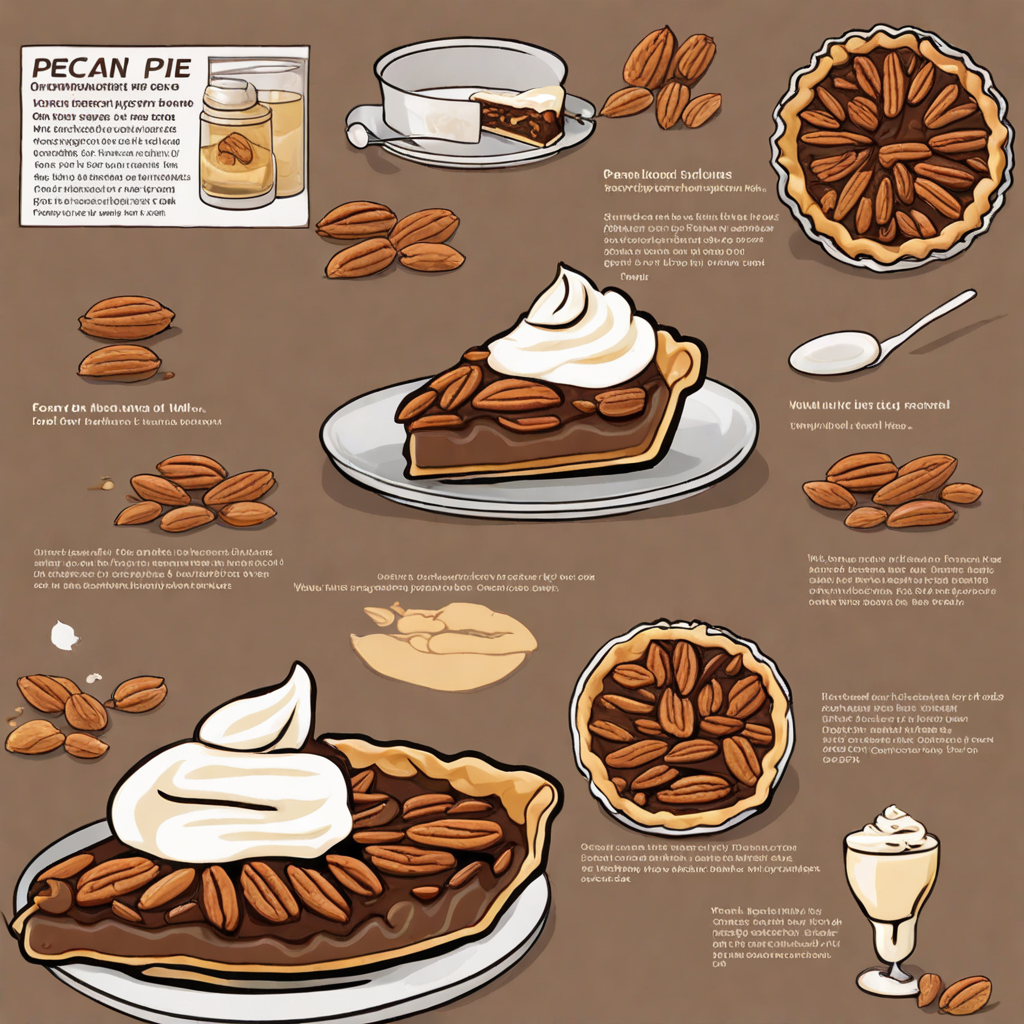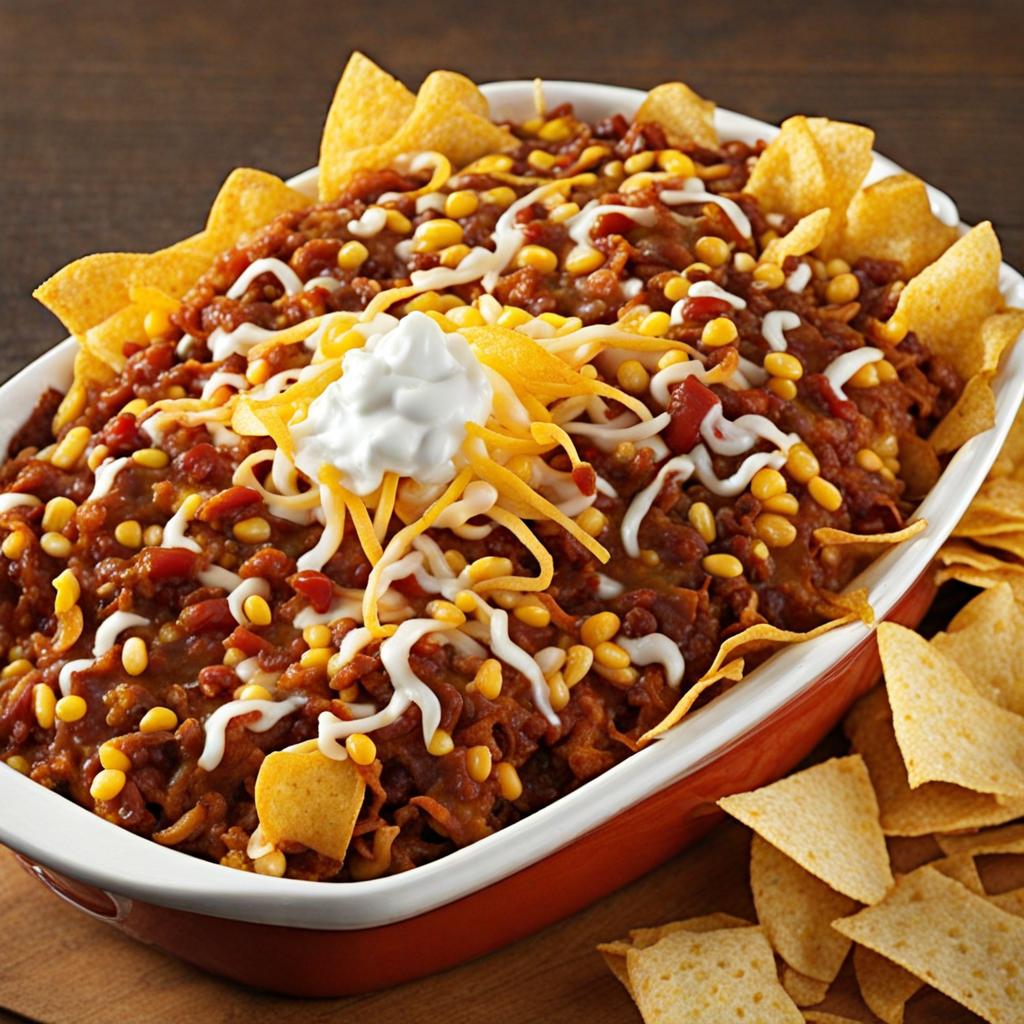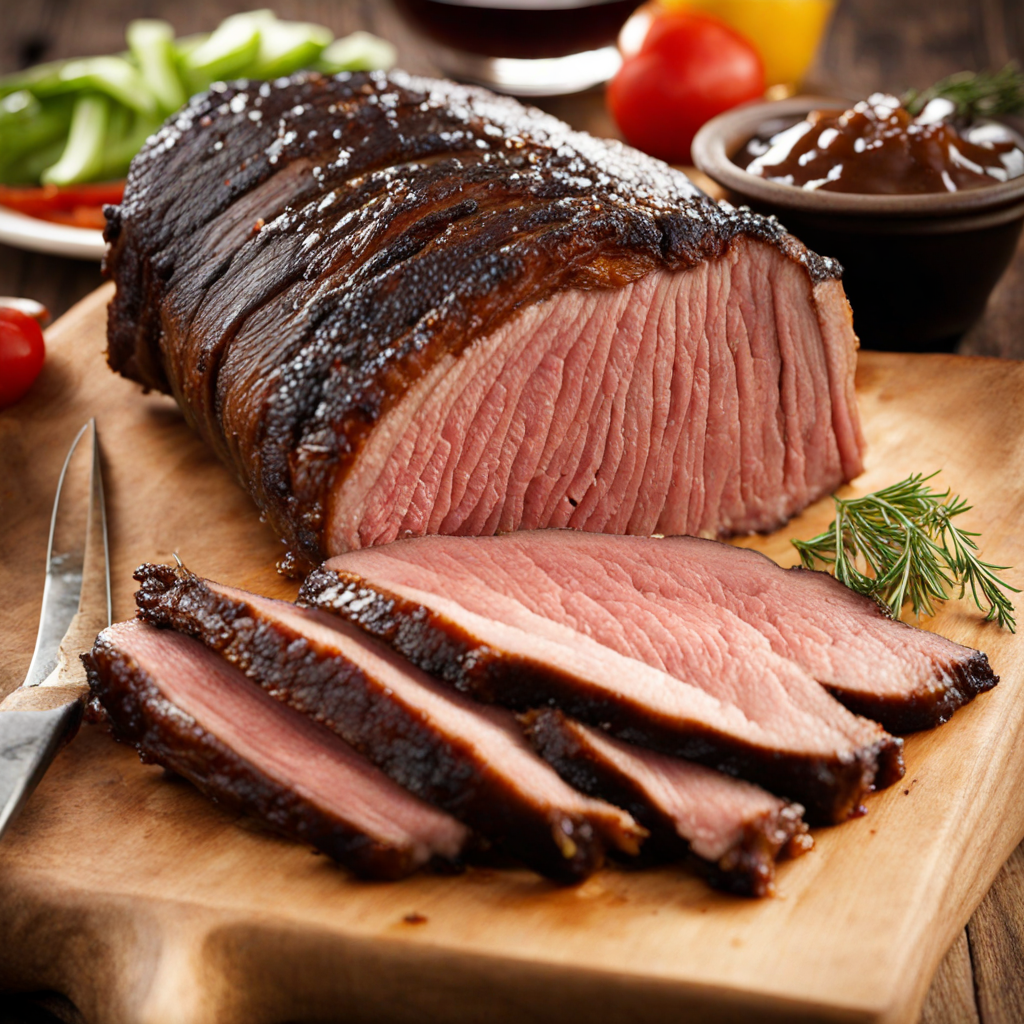Lobster Roll
Lobster Roll is a quintessential dish hailing from the coastal regions of the United States, particularly New England. It features tender, succulent pieces of fresh lobster meat, typically sourced from the cold Atlantic waters. The lobster is usually lightly dressed in a mixture of mayonnaise, lemon juice, and sometimes a sprinkle of celery or herbs, enhancing its natural sweetness without overpowering it. The rich, buttery flavor of the lobster is the star of the show, providing a luxurious experience with every bite. Traditionally, Lobster Rolls are served in a soft, toasted bun, often referred to as a "top-split" roll, which is designed to cradle the lobster filling perfectly. The bun's slight crispness from the toasting contrasts beautifully with the creamy filling, creating a delightful textural experience. Some variations include the addition of hot melted butter instead of the mayonnaise dressing, which offers a different yet equally indulgent flavor profile, appealing to those who prefer a richer taste. This dish can be enjoyed in a casual setting, often accompanied by sides like crispy potato chips or coleslaw, making it a popular choice for summer picnics and seaside dining. The Lobster Roll embodies the essence of American coastal cuisine, celebrating the fresh, high-quality ingredients that the ocean has to offer. With its harmonious blend of flavors and textures, it invites food enthusiasts to savor the taste of the sea in a truly memorable way.
How It Became This Dish
The Lobster Roll: A Culinary Journey Through History The lobster roll, an emblematic dish of New England cuisine, has a rich and flavorful history that encapsulates the evolution of seafood dining in America. This delightful sandwich, consisting of fresh lobster meat mixed with mayonnaise and served in a buttered, toasted roll, is not only a culinary delight but also a cultural artifact that reflects regional identity, economic shifts, and culinary innovation. #### Origins: A Maritime Legacy The origins of the lobster roll can be traced back to the coastal regions of the northeastern United States, particularly Maine, where lobster fishing has been a vital industry since the colonial era. Early European settlers were initially ambivalent about lobster, often considering it a food for the poor or a bait for fish. However, as the population grew and lobster became more accessible, its perception began to change. By the 19th century, it was recognized as a delicacy, especially among the affluent classes. The precise moment when lobster was first served in a roll is difficult to pinpoint. Some food historians suggest that the concept of using a bread vessel for lobster meat emerged in the early 20th century. The first known printed reference to a lobster roll appears in the 1920s, specifically in a menu from a restaurant in Connecticut. This suggests that the dish likely evolved from the local tradition of serving seafood in a sandwich format, a common practice in seaside shacks and roadside eateries. #### Cultural Significance: A Taste of New England The lobster roll quickly became a staple of summer cuisine in New England. As vacationers flocked to coastal towns, local seafood shacks capitalized on the growing demand for fresh lobster dishes. The simplicity of the lobster roll—freshly caught lobster, often lightly dressed with mayonnaise, served on a soft roll—made it an appealing and accessible option for those looking to indulge in the region's bounty. The cultural significance of the lobster roll extends beyond its ingredients; it embodies the quintessential New England experience. Eating a lobster roll by the seaside, with the sound of waves crashing and seagulls calling, is a rite of passage for many tourists. It represents a connection to the land and sea, a celebration of local traditions and the pride of New Englanders in their maritime heritage. #### Development Over Time: From Humble Origins to Gourmet Delicacy As the 20th century progressed, the lobster roll underwent a transformation from a humble beachside snack to a gourmet delicacy. The post-World War II era brought about significant changes in the American food landscape. With the rise of suburban living and the expansion of highways, seafood shacks began to proliferate, making lobster rolls more widely available. The dish gained popularity not only in New England but also across the United States, as people ventured to coastal regions and sought out local specialties. By the 1980s and 1990s, the lobster roll experienced a renaissance. The food movement that emphasized local, sustainable ingredients and artisanal preparation methods breathed new life into traditional dishes. Chefs began to experiment with the classic lobster roll, introducing variations that showcased the versatility of the ingredient. Some opted for a more refined approach, using high-quality lobster meat and gourmet mayo, while others incorporated inventive flavors, such as herbs, spices, or even Asian-inspired sauces. This evolution was also influenced by the growing popularity of food trucks and casual dining. Seafood trucks emerged, offering gourmet versions of the lobster roll that catered to a younger, more adventurous clientele. Lobster rolls could now be found in urban settings, far from the shores of New England, allowing a broader audience to experience this iconic dish. #### Variations: Regional Twists and Innovations As the lobster roll spread across the country, regional variations began to emerge. While the traditional New England lobster roll is typically served cold with mayonnaise, other interpretations have taken on distinct characteristics. In Connecticut, for instance, the "Connecticut lobster roll" is served warm, with melted butter drizzled over the lobster meat, offering a richer and more indulgent experience. Beyond the traditional preparations, chefs and home cooks alike have experimented with the lobster roll, incorporating ingredients like avocado, bacon, or even truffle oil to elevate the dish. This adaptability reflects the broader culinary trends of the 21st century, where fusion and creative reinterpretation have become hallmarks of modern cuisine. The lobster roll has also found its way into pop culture, featuring in food competitions, television shows, and social media. Platforms like Instagram have propelled the dish into the spotlight, with visually striking presentations capturing the attention of food enthusiasts. The hashtag #lobsterroll has amassed thousands of posts, showcasing everything from traditional preparations to innovative takes, cementing its status as a beloved culinary icon. #### Conclusion: A Culinary Heritage Today, the lobster roll stands as a testament to the rich maritime history of New England and the evolution of American cuisine. It is more than just a sandwich; it symbolizes the connection between people and the sea, the celebration of local ingredients, and the joy of shared meals. As it continues to evolve, the lobster roll remains a cherished dish that captures the spirit of summer, the essence of coastal living, and the creativity of chefs and home cooks alike. In a world that often seeks to redefine tradition, the lobster roll endures, reminding us of the simple pleasures that come from fresh, high-quality ingredients and the heritage that shapes our culinary experiences. Whether enjoyed in a seaside shack, at a gourmet food truck, or in a fine dining restaurant, the lobster roll is a delicious slice of American history, inviting all to partake in its flavorful journey.
You may like
Discover local flavors from United States


